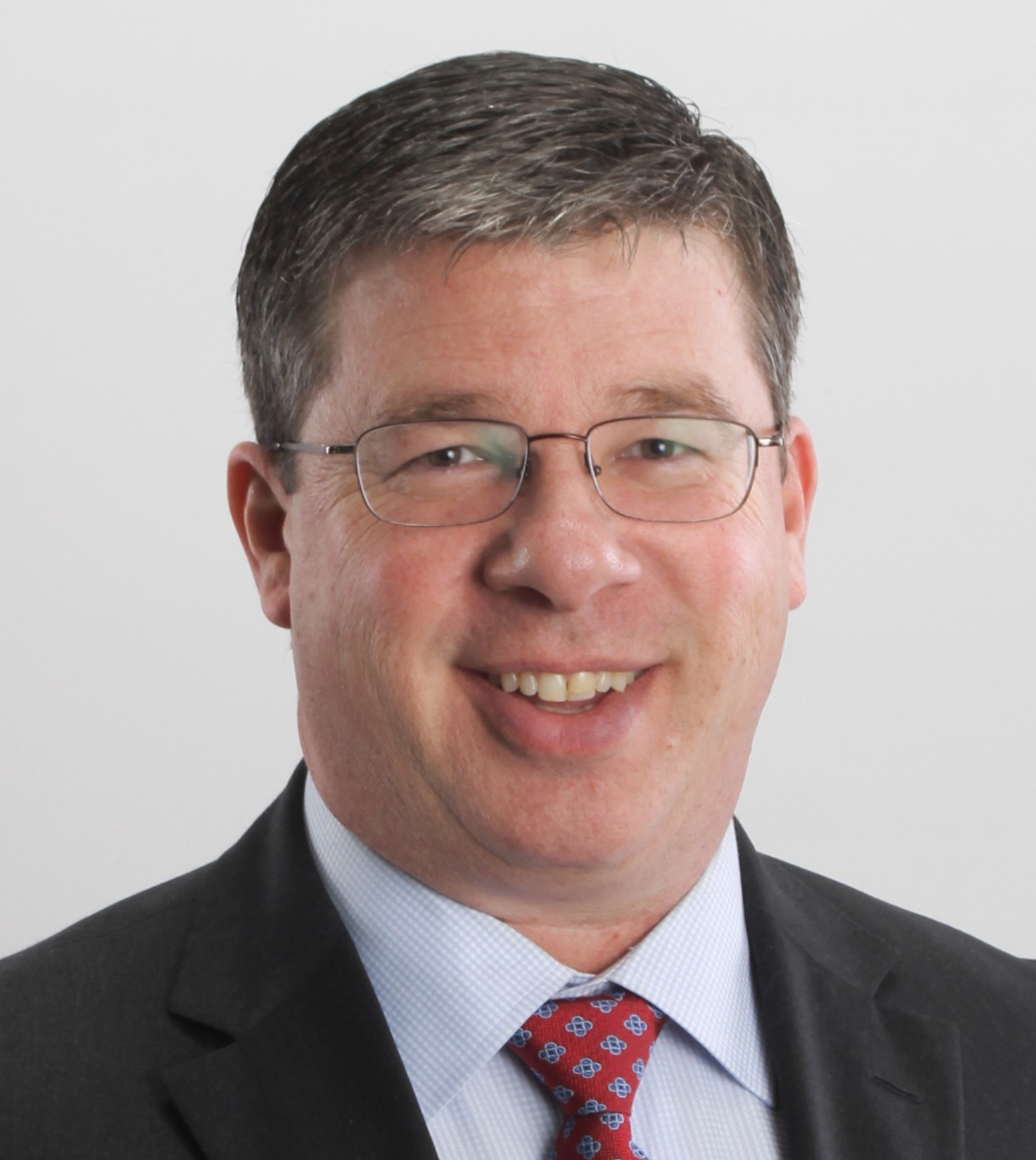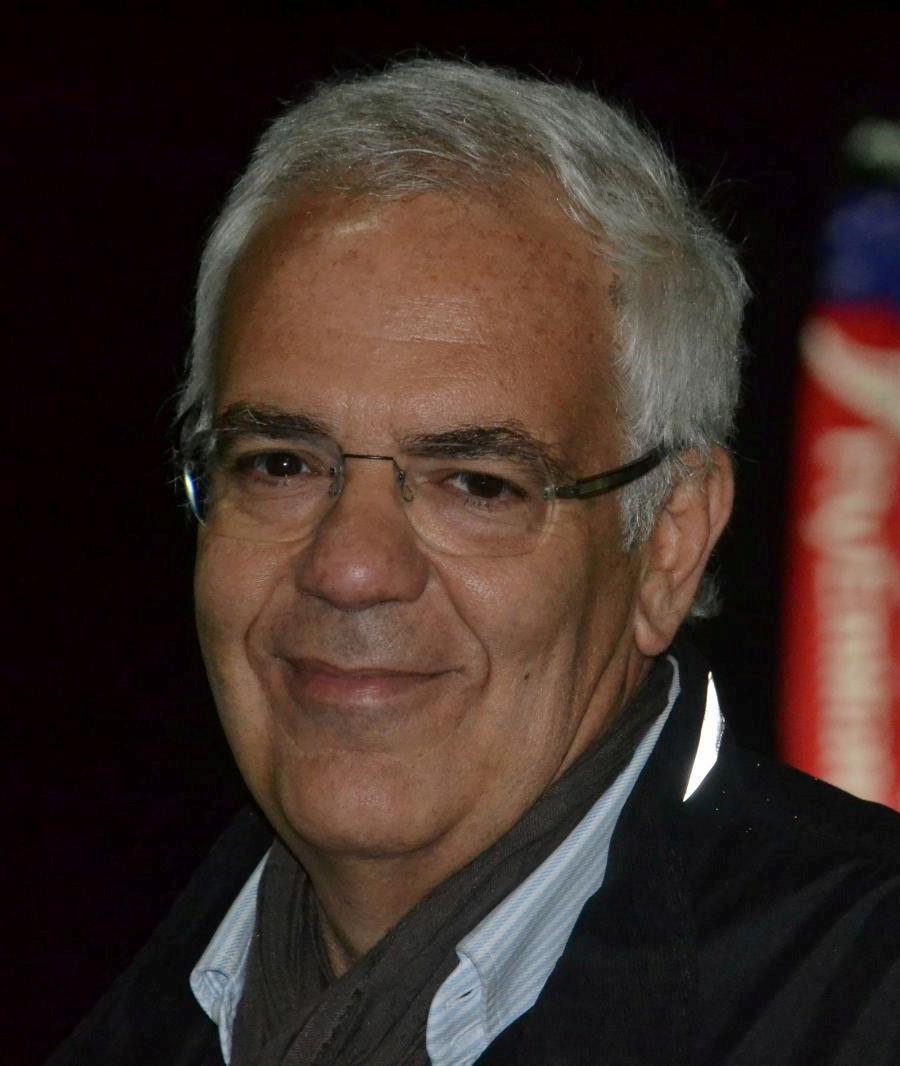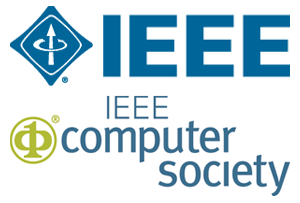IEEE ICSC Keynote Speakers

-
Daniel M. Berry
- Professor, University of Waterloo
Keynote Talk Title: Requirements for Requirements Engineering Tools that Require Understanding Requirement Semantics - Why such tools should be clerical and not NLP-based
Time: 09:00 - 09:50, Monday, Jan. 30, 2017
-
Abstract:
-
This talk notes the advanced state of the natural language (NL) processing art and considers four broad categories of tools for processing NL requirements documents. These tools are used in a variety of scenarios. The strength of a tool for a NL processing task is traditionally measured by its recall, precision, and their simple harmonic mean, the F-measure.
A hairy requirements or software engineering task involving NL documents is one that is not inherently difficult for NL-understanding humans on a small scale but becomes unmanageable in the large scale, such as occurs in industrial software development projects. A hairy task demands tool assistance. Because humans need far more help in carrying out a hairy task completely than they do in making the local yes-or-no decisions, a tool for a hairy task should have as close to 100% recall as possible, even at the expense of high imprecision. A tool that falls short of 100% recall may even be useless, e.g., when the software involved has high-dependability requirements, because to find the missing information, a human has to do the entire task manually anyway. Any such tool based on NL processing techniques inherently fails to achieve 100% recall, because even the best parsers are no more than 91% correct. Therefore, to achieve 100% recall in a tool for a hairy task, it needs to be based on something other than traditional NLP. Perhaps a dumb, clerical tool doing an identifiable part of such a task may be better than an intelligent tool trying but failing in unidentifiable ways to do the entire task.
The reality is that a tool's achieving exactly 100% recall, which may be impossible anyway, may not be necessary. It suffices for a human working with the tool on a task to achieve better recall than a human working on the task entirely manually.
This talk describes research whose goal is to discover and test a variety of non-traditional approaches to building tools for hairy tasks to see which, if any, allows a human working with with the tool to achieve better recall than a human working entirely manually. Among the early results are (1) some advice about the correct balance between recall and precision and the resulting weighted F-measure to use to evaluate tools for hairy tasks (2) and the introduction of a new measure, summarization.
Joint work with Ricardo Gacitua, Pete Sawyer, and Sri Fatimah Tjong
-
Biography:
-
Daniel M. Berry got his B.S. in Mathematics from Rensselaer Polytechnic Institute, Troy, New York, USA in 1969 and his Ph.D. in Computer Science from Brown University, Providence, Rhode Island, USA in 1974. He was on the faculty of the Computer Science Department at the University of California, Los Angeles, California, USA from 1972 until 1987. He was in the Computer Science Faculty at the Technion, Haifa, Israel from 1987 until 1999. From 1990 until 1994, he worked for half of each year at the Software Engineering Institute at Carnegie Mellon University, Pittsburgh, Pennsylvania, USA, where he was part of a group that built CMU's Master of Software Engineering program. During the 1998-1999 academic year, he visited the Computer Systems Group at the University of Waterloo in Waterloo, Ontario, Canada. In 1999, Berry moved to what is now the the Cheriton School of Computer Science at the University of Waterloo. Between 2008 and 2013, Berry held an Industrial Research Chair in Requirements Engineering sponsored by Scotia Bank and the National Science and Engineering Research Council of Canada (NSERC). Prof. Berry's current research interests are software engineering in general, and requirements engineering and electronic publishing in the specific.

-
Dick Bulterman
- Professor, Vrije Universiteit Amsterdam & CWI, The Netherland
Keynote Talk Title: Deep Tweaking: Techniques for Measuring Semantic Engagement
Time: 19:00 - 21:30, Tuesday, Jan. 31, 2017
-
Abstract:
-
Understanding the emotional reactions of audiences to a wide range of content types is an important area of research. It can help actors, directors and producers understand what 'works' in theater productions, it can help teachers understand how students react to the content of lessons and it can help marketeers understand how their commercial pitches are being received.
In this talk, I will survey various approaches to modeling, quantifying and understanding audience reactions to the semantic messages being provided through content based on a broad range of evaluation techniques. Using results from a study of the Heineken Weasel television commercial as a backdrop, I will provide an overview of evaluation approaches and their impact in long-term and real-time evaluation.
The talk will consider various approaches to measuring audience reactions and discuss some of the open issues in the field. In the process, I will describe our experiences with audience evaluation based on several projects that my group in Amsterdam has conducted over the past decade.
-
Biography:
-
Dr. Dick Bulterman is a senior researcher at CWI in Amsterdam, where since 2004 he heads the Distributed and Interactive Systems group. He is also holds the professorship of Distributed Multimedia Languages and Interfaces with the department of computer science at the Vrije Universiteit in Amsterdam, where he teaches and does research within the Computer Systems and Web and Media groups. From 1988-1994 (and briefly in 2002), he led CWI's Department of Computer Systems and Telematics and from 1994 to 1998, he was head of the Multimedia and Human Computer theme.
In 1999, he started Oratrix Development BV, a CWI spin-off company that transfered the group's SMIL-based GRiNS software to many parts of the civilized world. In 2002, after handing the responsibilities of CEO over to Mario Wildvanck, he returned to CWI and started up a new research activity at CWI on distributed multimedia systems.
Prior to joing CWI in 1988, he was on the faculty of the Division of Engineering at Brown, where he was part of the Laboratory for Engineering Man/Machine Systems. Other academic appointments include visiting professorships in computer science at Brown (1993-94) and in the information theory group at TU Delft (1985) and a part-time appointment in computer science at the Univeristy of Utrecht (1989-1991).
Dr. Bulterman received a Ph.D. in computer science from Brown University (USA) in 1982. He also holds a Sc.M. in applied mathematics and computer science from Brown (1977) and a B.A. in political economics (with a minor in mathematics) from Hope College (1973). He started his academic journey at Tottenville High School on Staten Island, NY, where he learned (among other things) to play trombone and string bass.
He was born in Amstelveen (The Netherlands); after 35 years in the USA, he now resides with his family in Amsterdam.
His hobbies include flying airplanes (he holds an FAA private ASEL license with instrument rating and a Dutch commercial pilot's license with IR), singing in the Cantorij of the Oude Kerk in Amsterdam and playing jazz trombone in the Amsterdam band the Jazz Warriors.
Bulterman is co-chair of the W3C Synchronized Multimedia working group and is a member of various conference steering committees. He is on the editorial board of the ACM/Springer Multimedia Systems Journal and Multimedia Tools and Applications. He is a member of Sigma Xi, the ACM and the IEEE.

-
Michael J. Carey
- Professor, University of California at Irvine, USA
Keynote Talk Title: Breaking BAD: Data Serving for Big Active Data
Time: 09:00 - 09:50, Wednesday, Feb. 01, 2017
-
Abstract:
Despite significant progress, virtually all of today's Big Data systems come up short in a crucial way: they are all *passive* in nature. In this talk we describe a new project to shift Big Data platforms from being passive to being *active*. We detail our vision for a scalable system that can continuously and reliably capture Big Data (e.g., arising from social, mobile, Web, and sensed data sources) in order to enable the timely and automatic delivery of new information to a very large pool of interested users as well as supporting the analysis of historical information. We are currently building such a Big Active Data (BAD) system based on extending an existing scalable open-source BDMS (AsterixDB) in this active direction. This talk will detail our overall system design and then zoom in on the Big Active Data Serving piece of the BAD puzzle, including its key concepts, its user model, its approaches to ingesting and disseminating information, and some of its salient initial architectural and internal details. The talk will also embed a brief overview of Apache AsterixDB, the Big Data software platform upon which this work is being based. (The BAD effort is joint work between Big Data researchers at UC Irvine and UC Riverside.)
-
Biography:
-
Michael J. Carey received his B.S. and M.S. degrees from Carnegie-Mellon University and his Ph.D. from the University of California, Berkeley, in 1979, 1981, and 1983, respectively. He is currently a Bren Professor of Information and Computer Sciences at the University of California, Irvine (UCI) and a Consulting Architect at Couchbase, Inc. Before joining UCI in 2008, Dr. Carey worked at BEA Systems for seven years and led the development of BEA's AquaLogic Data Services Platform product for virtual data integration. He also spent a dozen years teaching at the University of Wisconsin-Madison, five years at the IBM Almaden Research Center working on object-relational databases, and a year and a half at e-commerce platform startup Propel Software during the infamous 2000-2001 Internet bubble. Dr. Carey is an ACM Fellow, an IEEE Fellow, a member of the National Academy of Engineering, and a recipient of the ACM SIGMOD E.F. Codd Innovations Award. His current interests all center around data-intensive computing and scalable data management (a.k.a. Big Data).

-
Bob Rogers
- Chief Data Scientist for Big Data Solutions, Intel Corporation, USA
Keynote Talk Title: Enabling A New Generation of Intelligent Healthcare Application
Time: 13:00 - 13:50, Tuesday, Jan. 31, 2017
-
Abstract:
- Abstract: Join Intel's Chief Data Scientist for Analytics and AI Solutions as he presents his perspective on how the latest advances in computing are ushering in a new era in healthcare analytics. Learn how and where AI is augmenting human capabilities to make healthcare more human, and how these lessons apply broadly across industry.
-
Biography:
-
Bob Rogers, PhD, is Chief Data Scientist for Big Data Solutions at Intel, where he applies his experience solving problems with big data and analytics to help Intel build world class customer solutions. Prior to joining Intel, Bob was co-founder and Chief Scientist at Apixio, a big data analytics company for healthcare. Bob’s mission is to put powerful analytics in the hands of all decision makers. To achieve that, he believes that the secrets of unstructured data must be unlocked through the application of broadly accessible open source analytical tools.

-
Bruno Siciliano
- Professor, University of Naples Federico II
Keynote Talk Title: The RoDyMan Platform for Robotic Dynamic Manipulation
Time: 08:30 - 09:20, Tuesday, Jan. 31, 2017
-
Abstract:
-
The state of the art of robotic manipulation is still rather far from the human dexterity in the execution of complex motions such as, for example, in dynamic manipulation tasks. Dynamic manipulation is considered as the most complex category of manipulation requiring ad-hoc controllers and specialized hardware. In case of non-prehensile manipulation or non-rigid objects, the task of dynamic manipulation becomes even more challenging. This reduces the opportunities for wide adoption of robots within human co-habited environments. The talk describes a method to manipulate rigid objects in a non-prehensile way with an underactuated robot manipulator, along with a method to track in real-time a 3D object undergoing large elastic deformations and fast rigid motions. The tasks are experimentally tested on the RoDyMan platform which is employed as a pizza chef robot.
-
Biography:
-
Bruno Siciliano is Professor of Control and Robotics, Director of the Interdepartmental Center for Advanced Robotics in Surgery (ICAROS) and Responsible of the PRISMA Lab in the Department of Electrical Engineering and Information Technology at University of Naples Federico II. His research interests include force and visual control, human-robot interaction, aerial and service robotics. He has co-authored 7 books, 80 journal papers, 200 conference papers and book chapters. He has delivered 110 invited lectures and seminars at institutions worldwide, and he has been the recipient of several awards. He is a Fellow of IEEE, ASME and IFAC. He has served on the editorial boards of several peer-reviewed journals and has been chair of program and organizing committees of several international conferences. He is Co-Editor of the Springer Tracts in Advanced Robotics, and of the Springer Handbook of Robotics, which received the PROSE Award for Excellence in Physical Sciences & Mathematics and was also the winner in the category Engineering & Technology. His group has been granted fifteen European projects in the last eight years including an Advanced Grant from the European Research Council. Professor Siciliano is the Past-President of the IEEE Robotics and Automation Society.











